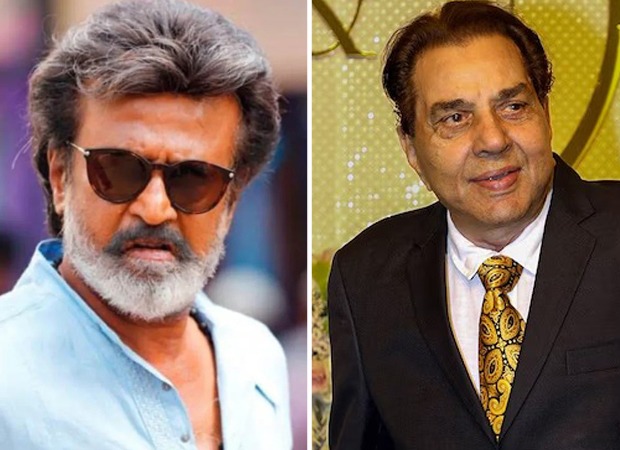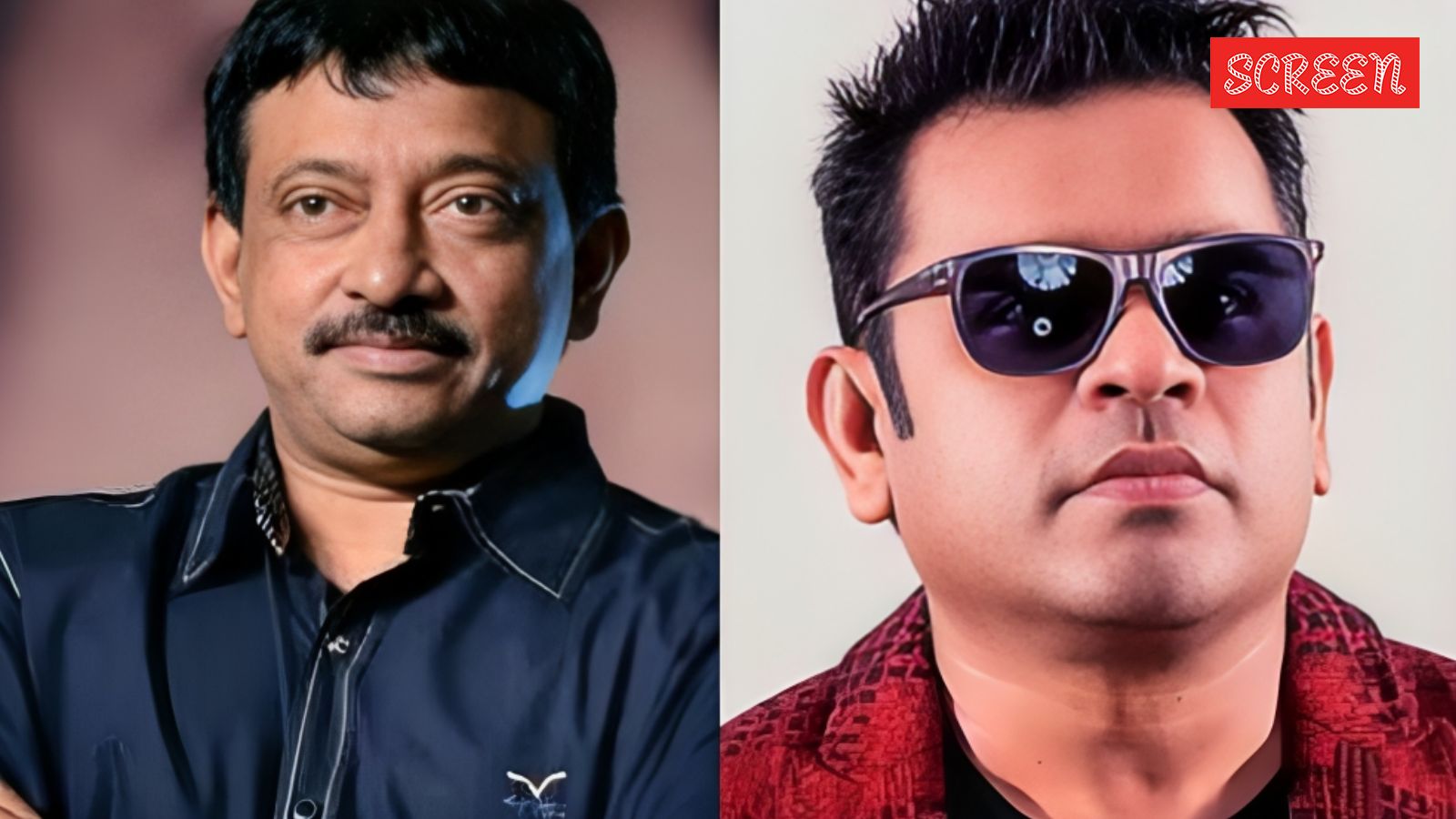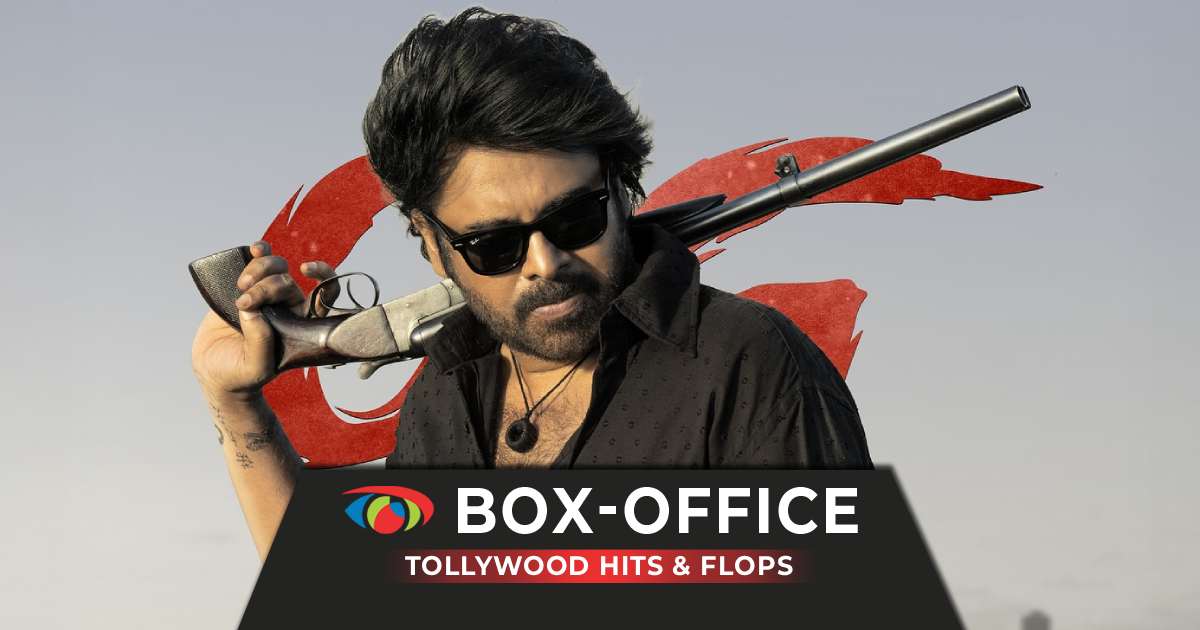Cinema lovers were taken on a nostalgic journey as veteran filmmaker Ramesh Sippy, director of the iconic Hindi film Sholay, looked back at the movie’s legacy during an “In-Conversation” session titled 50 Years of Sholay: Why Sholay Still Resonates? at the 56th International Film Festival of India (IFFI).

The discussion, moderated by his wife and actor-producer Kiran Sippy, included memories, behind-the-scenes stories, and reflections on the making of a film that went on to become a major milestone in Indian cinema.
The original ending returns after five decades
Ramesh Sippy shared a significant update: Sholay was set for re-release with its original ending restored.
When the film first released in 1975 during the Emergency, the censor board objected to the climax in which Thakur Baldev Singh killed Gabbar Singh using his spiked shoes. The board argued that a police officer could not be shown taking revenge, and the team had to reshoot the ending. “Now you will see the movie as it was made,” Sippy told the audience, expressing his happiness at finally restoring his intended conclusion.
A new landscape and the making of a memorable villain
Sippy recalled how he wanted a fresh visual setting for Sholay. While most dacoit films of that era were shot in Rajasthan or the Chambal region, he chose the rocky terrain near Mysuru and Bengaluru. The landscape gave the film a distinct look and set it apart from its contemporaries.
This backdrop created an unusual contrast as well—Gabbar Singh, with his strong UP dialect, terrorizing a region far from northern India. Sippy also spoke about the casting of Amjad Khan. Although Danny Denzongpa was the initial choice, he was unavailable due to overseas commitments. Amjad Khan, recommended by writers Salim–Javed, impressed Sippy with his commanding presence, leading to one of Hindi cinema’s most iconic villain performances.
The director added that the writers had first pitched the basic concept to Manmohan Desai, who declined it. However, producer G.P. Sippy and Ramesh Sippy immediately saw its potential. Within a month, the screenplay was complete, and the idea of a volatile and unpredictable antagonist shaped the character of Gabbar Singh.
Remembering the legendary cast
Reflecting on the film’s long journey, Sippy paid tribute to cast members who have passed away, including Sanjeev Kumar, Amjad Khan, and Dharmendra.
He shared a memory of Dharmendra filming a horse-riding sequence in which the saddle slipped, causing the actor to fall. “My heart stopped for a moment,” Sippy remembered. “But Dharam ji stood up, brushed himself off, and was ready to continue.” He said Dharmendra always pushed himself and approached new challenges with enthusiasm.
Sholay’s unmatched craftsmanship
Sippy emphasized that Sholay was a result of strong teamwork. The film brought several firsts to Hindi cinema, including hiring a professional fight-sequence team from the UK, which helped establish new safety standards for action scenes, noted Kiran Sippy.
He also highlighted the contributions of cinematographer Dwarka Divecha, whose visual approach set new benchmarks. Sippy recalled that the lighting for Jaya Bhaduri’s evening lamp scene took several days to capture, as the team waited each day for the brief “magic hour.” He also acknowledged production manager Ajiz Bhai for his vital behind-the-scenes work.
The filmmaker revisited the creation of the classic song ‘Yeh Dosti Hum Nahi Todenge’, written by Anand Bakshi and composed by R.D. Burman, which continues to resonate with audiences across generations.
A legacy that continues
As the session drew to a close, it was clear that Sholay remains more than just a film. Its influence, storytelling, and characters continue to shape Indian cinema even after five decades.
With the restoration of its original ending and special screenings marking its 50th anniversary, Sholay is set to be experienced again as Ramesh Sippy had originally envisioned.
As part of the celebration, IFFI also showcased the film’s iconic motorbike on the festival grounds, attracting steady attention from visitors and film enthusiasts.
The post Ramesh Sippy revisits 50 years of Sholay, reveals lost ending and shares rare behind-the-scenes memories at IFFI appeared first on Bollywood Hungama.



